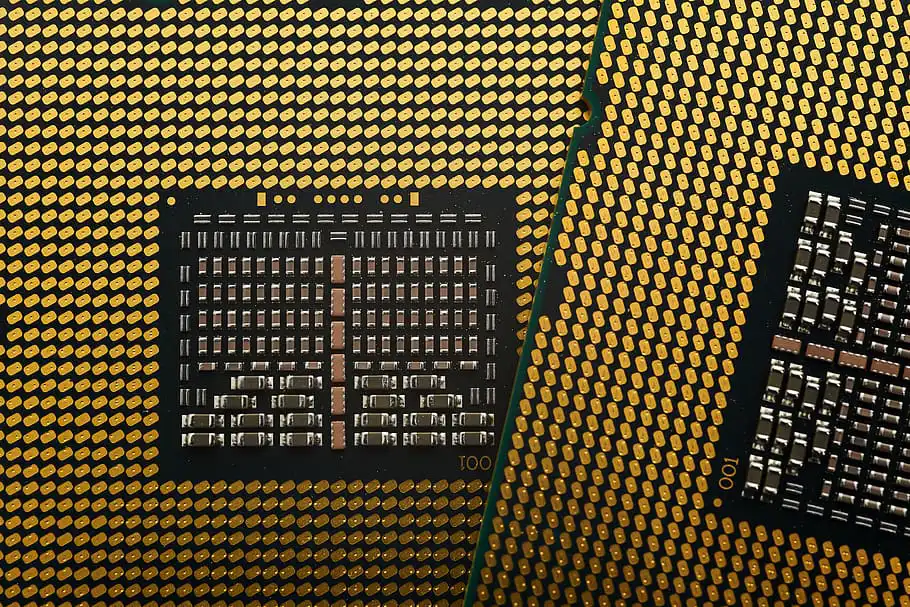The emergence of deepfake technology poses substantial dilemmas about digital authenticity. Leading camera manufacturers have taken up the challenge to redefine digital image integrity. Their mission: to design and develop cutting-edge technology capable of watermarking real, unaltered images.
Real image watermarking involves embedding an almost invisible digital watermark into photographs straight from the camera. This watermark confirms the authenticity of the image, showing it hasn't been manipulated or altered post-capture, helping combat deepfake technology, which manipulates images to create hyper-realistic, fake visual content.
Currently, there are few checks against the propagation of misleading visuals, and no global standard identifying genuine images. This new watermarking technology would aid in identifying real images while discouraging the misuse of technology for creating fakes. The goal is to create a safer, more truthful digital world.

Nikon, Canon, and TruePic are among the companies leading this change. TruePic, a San Diego-based technology company, has already begun working to harness the potential of controlled capture technology by launching the TruePic Foresight initiative which aims towards a future where the authenticity of every image can be verified.
Coping with Deepfake TechnologyDeepfake technology utilizes deep learning AI models to create or alter visual and audio content. This sophisticated image synthesis technique can fabricate false identities or holograms, repurpose existing content, or mimic human behavior with uncanny accuracy. Deepfake’s infiltration within digital media is driving the need for real image watermarking solutions.
Achieving this requires concerted effort and strategic alliances. Accordingly, Canon's research and development division is collaborating with the Media Forensics (MediFor) programme of the Defence Advanced Research Projects Agency (DARPA) to combat deepfake technology. DARPA's objective is to level the digital playing field by building automated systems for the detection and evaluation of media manipulations and generations.
Nikon’s approach to combating deepfakes is slightly different but equally promising. Their strategy involves algorithm development for watermark embedding and extraction, alongside the creation of databases for forged images. Nikon’s Research and Development team is working on these fronts, striving to augment the algorithm’s robustness and reliability.
These initiatives symbolize the tech industry’s response to the deepfake phenomenon. It is a fight against manipulated truth and a defense of the integrity of digital communication. The pursuit of this watermarking innovation signifies an industry-wide commitment to combating the potential harms of deepfake technology.
Truepic intends to create a world where every image’s authenticity is instantly verified. Their innovative Foresight initiative operates on the principles of controlled capture. It integrates hardware security techniques into the image capture process to sign and fingerprint photos, ensuring each image's authenticity securely.
But Truepic doesn’t stop there. Its ultimate vision implies a radical change in how consumers perceive and trust digital images. The company’s aspirations extend beyond just delivering real image watermarking solutions. They aim to shape a future where images that do not comply with the Truepic standard will not be trusted.
Advancements in cyber resilience are essential as digital technology progresses. Truepic Foresight represents one such advancement. It is a new model to ascertain image authenticity founded on high-security capture methods. The watermarking of real images, if implemented successfully, could be transformative in bolstering digital trust.
The call has never been louder for tools advocating digital truth. As deepfake technology progresses, so must the efforts of the tech innovation industry. A technology tout like Truepic’s real image watermarking might be the answer we are looking for in this fight against deepfake technology.
Looking to the FutureCamera companies’ endeavors into real image watermarking are a promising step in preserving digital integrity. An attribute of truth assigned to every digital image could fundamentally change how we perceive digital media. This transformation could facilitate greater trust and verify credibility within our increasingly digitized world.
The implications for social media platforms, journalism, international law enforcement, and cyberlaw are exponential. A universally accepted means of verifying digital image authenticity would be revolutionary, redressing the balance of power regarding digital truth manipulation.
While these efforts might not fully extinguish the threat deepfake technology poses, it at least establishes resistance. It sends a powerful statement that technology innovators won't tolerate the impacts of deepfake technology on digital truth, turning the tide on digital deception.
The commitment of companies like Canon, Nikon, and Truepic to challenge the deepfake phenomenon marks the birth of a new era in synthetic media. Their innovation signals the ongoing war against the distortion of truth and the beginning of credible, trusted, and watermark-authenticated digital communication.